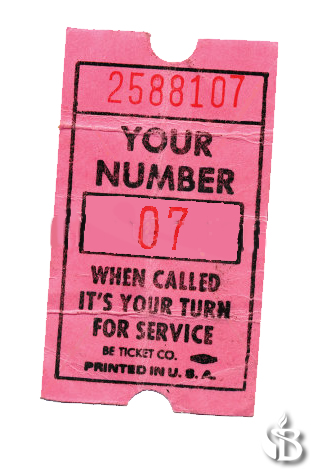
The priority date is one of the most significant, though not well understood, concepts in green card cases.
Reaching the priority date marks a major milestone in the life of an immigrant, bringing their dreams and hopes one step closer to becoming reality.
In this article, you’ll learn what priority dates are, how they work, and what problems you need to avoid.
Table Of Contents
- What Is A Priority Date?
- What Happens If The Family Immigration Visa Petition Is Rejected?
- Are Priority Dates Connected To The Family Visa Preferences System?
- How Do Priority Dates Work?
- Visa Availability: What Happens When A Priority Date Becomes Current?
- Priority Date Problems To Avoid
- Conclusion: A Step Closer To Family Unity

What Is A Priority Date?
The priority date is the date on which the first set of paperwork for permanent residence is received by the U.S. Citizenship and Immigration Service.
For family-sponsored cases, this is the date when the I-130 Petition for Alien Relative with supporting documents is received.
When the petition is approved, the immigrant is provided a priority date.
Priority dates set the place in line of family preference beneficiaries for immigrant visas.
What Happens If The Family Immigration Visa Petition Is Rejected?
If the filing is rejected, the package is returned to the petitioner without a priority date. The priority date will not be established until the I-130 petition is resubmitted and accepted by USCIS.
However, the priority date is set on the date an approved petition is received, not the date of its approval.
Are These Dates Connected To The Family Visa Preferences System?
The priority date is critically important for immigrants who are classified as a beneficiary under one of the categories of the family preference system.
It establishes their place in the family visa preferences line, which in turn determines when they can immigrate.
Unlike immigrants who qualify as immediate relatives, family preference immigrants are allotted a restricted number of visas per year.
Due to these limits, they must wait a longer period of time before they are eligible for file their permanent resident applications and their interviews are scheduled.
How Do Priority Dates Work?
The priority date operates like a “place in line” ticket given to a person visiting Verizon to buy a new cell phone. When a company representative is available to assist you, your ticket number is called.
In short, this means our green card system is based on a first come, first served basis.
However, immigration authorities will not directly notify you that your waiting period is over.
Instead, at the beginning of each month, the government issues a Visa Bulletin informing the public about the priority date they are working on.
The priority date, in essence, serves as an invisible ticket for an invisible line.

Visa Availability: What Happens When A Priority Date Becomes Current?
Government officials use the phrase “Your priority date is current” to indicate the waiting period is over.
At this point, immigrants can finally go to step two in the green card process and file an application for permanent residence.
Some immigrants living in the U.S. are entitled to be interviewed at local offices. This is called adjustment of status.
They do not have to wait for notice from immigration authorities. To move forward, they can immediately submit their applications to USCIS.
Others are living abroad and must attend interviews in their home countries. The wait can take several years.
This is known as consular processing. They will be notified by the National Visa Center that their priority date is current.
Priority Date Problems To Avoid
Problems sometimes arise on the path to filing for permanent residence and winning a green card. For instance, if an immigrant has moved but not informed the NVC of the address change, the government will not be able to communicate with him.
Generally, immigrants have one year after their priority date becomes current to pursue a green card.
At that point, the government will send a notice of their intent to close the consular case. If no response is received within another 12 months, the NVC will assume the application has been abandoned.
Equally important, once your priority date is reached, notify the National Visa Center that you plan to proceed.
Immigrants are required to designate an “agent”. An agent serves as the immigrant’s official representative. It can the immigrant, another person, or a lawyer.
The agent is responsible for submitting required documents, such as financial information, supporting letters, and other necessary paperwork, on behalf of the applicant. So this choice should be made wisely.
Again, take this step as soon as possible after being notified that your priority date has been reached.
Conclusion: A Step Closer To Family Unity
For many immigrants, the journey to their priority date is often a period of uncertainty, legal complexity, emotional highs and lows, and separation from loved ones.
As a result, reaching the priority date is a turning point for immigrants and their families, whom may have been forced to live apart for several years.
Although the priority date does not guarantee immediate entry into the United States, it is a huge step forward that brings immigrants closer to finally calling the U.S. home.
Ready to take a serious and honest look at the strengths and weaknesses of your immigration case? Let’s get started with a personalized strategy and planning consultation . . .




